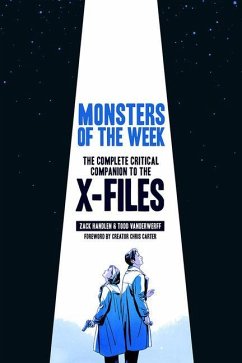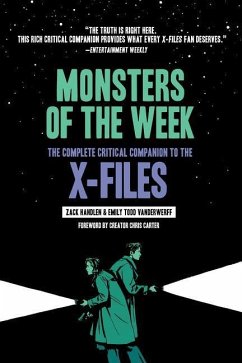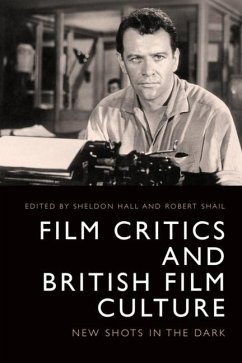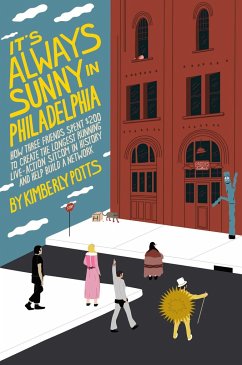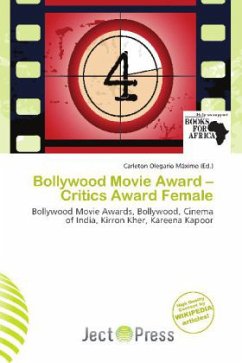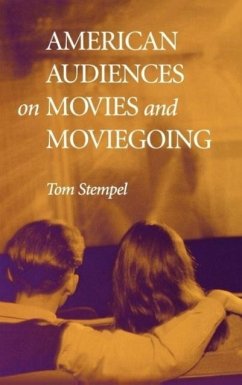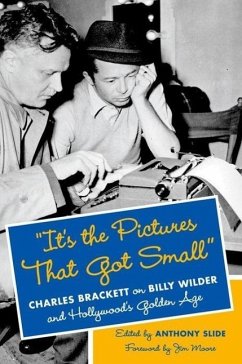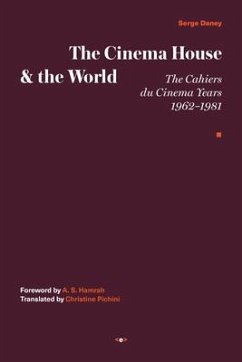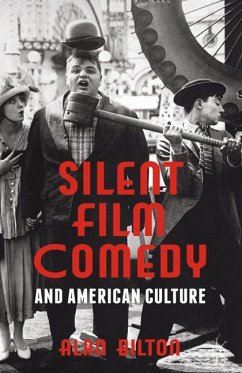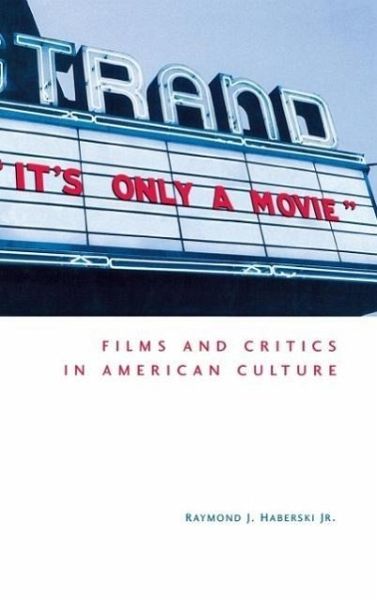
It's Only a Movie! Films and Critics in American Culture
Versandkostenfrei!
Versandfertig in über 4 Wochen
35,99 €
inkl. MwSt.

PAYBACK Punkte
18 °P sammeln!
Once derided as senseless entertainment, movies have gradually assumed a place among the arts. Raymond Haberski's provocative and insightful book traces the trajectory of this evolution throughout the twentieth century, from nickelodeon amusements to the age of the financial blockbuster. Haberski begins by looking at the barriers to film's acceptance as an art form, including the Chicago Motion Picture Commission hearings of 1918-1920, one of the most revealing confrontations over the use of cen



